NBFCs can fill void for MSMEs to access bank credit
Updated: Jan 25, 2014 02:04:36pm
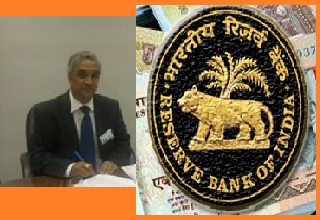
In this regard, NBFCs can play a vital role going forward, in closing the loop with reference to financial inclusion for individuals and MSMEs.
The Reserve Bank chief said that a large segment in the micro and small industries sector does not have access to formal credit which provides a window of opportunity for the NBFCs to design suitable innovative products.
“…NBFCs’ role in financial inclusion as explained above; indicate the fact that they have been game changers in certain areas like financial inclusion especially micro finance, affordable housing, second-hand vehicle finance, gold loans and infrastructure finance,” he said while addressing at an event organized by ASSOCHAM in the national capital on January-24.
Bhaskar further said that NBFCs can also become game changers provided they exhibit the requisite nimbleness and innovative zeal in reaching a complete suite of financial products such as shares, mutual funds, depository services etc., as also insurance products – both life and non-life together with their current product offerings, to the common man.
The Indian financial sector consists of a wide variety of institutions which cater to different market segments. At the apex level are scheduled commercial banks which follow universal banking model. Next, there is the cooperative banking sector with two different strands. While the three Tier rural co-operative structure (State/District/grass root level outfits), takes care predominantly of agriculture and allied activities; the urban co-operative banking structure provides succour mainly to the small customers at the bottom of pyramid in urban areas.
“On the other hand, NBFCs are largely involved in serving those classes of borrowers who are generally excluded from the formal banking sector.
“However, progressively over the years, the exclusiveness between the banks and NBFCs has somewhat blurred. More recently, NBFCs are competing with banks in providing financial services such as infrastructure finance and housing finance among others,” Bhaskar said.
NBFCs historically, involved in providing financial services such as offering of small ticket personal loans, financing of two/ three wheelers, truck financing, farm equipment financing, loans for purchase of used commercial vehicles/machinery, secured/unsecured working capital financing etc.
Further, NBFCs also often take lead role in providing innovative financial services to Micro, Small, and Medium Enterprises (MSME) most suitable to their business requirements. The characteristics of NBFC financial services include simpler processes and procedures in sanction and disbursement of credit; timely, friendly and flexible terms of repayment aligned to the unique features of its clientele, albeit at a higher cost.
NBFCs play an important role in promoting inclusive growth in the country, by catering to the diverse financial needs of bank excluded customers. By financing real assets and extending credit to infrastructure projects, NBFCs play a pro-active role in the development process of the country.
Activities undertaken by the NBFCs for achieving inclusive growth in the country are:
1. Credit to MSMEs
MSME sector has large employment potential of 59.7 million persons over 26.1 million enterprises and is considered as an engine for economic growth and promoting financial inclusion in rural areas. The outstanding credit provided by the NBFC sector to MSMEs stood at Rs 625 billion as at end March 2013 (Rs 464 billion in the previous year). The figures for banking sector were at Rs 22,302 billion as at end March 2013 (Rs 19,374 in the previous year).
Statistics based on 4th Census on MSME sector revealed that only 5.18 per cent of the units (both registered and un-registered) had availed finance through institutional sources. 2.05 per cent got finance from non-institutional sources the majority of units say 92.77 per cent had no finance or depended on self-finance.
“The fact that a large segment in the micro and small industries sector does not have access to formal credit provides a window of opportunity for the NBFCs to design suitable innovative products,” he said.
2. Micro Finance Institutions
NBFC-MFIs provide access to basic financial services such as loans; savings, money transfer services, micro-insurance etc. to poor villagers and attempt to fill the void left between the mainstream commercial banks and money lenders.
Over the last few years NBFC-MFIs have emerged as fast growing enablers in providing the financial services to the poor villagers by providing capital inputs to poor which generates self-employment, and thereby promotes inclusive growth.
3. Monetisation of Gold
Gold loan NBFCs provide loans against security of gold jewellery. Although banks are also involved in gold loan business, NBFCs’ gold loans witnessed phenomenal growth due to their customer friendly approaches like simplified sanction procedures, quick loan disbursement etc.
Branches of gold loan NBFCs increased significantly during the last couple of years mostly housed at semi-urban and rural centres of the country.
4. Second Hand Vehicle Financing
Apart from providing loan against property, NBFCs also engage in financing used/ second hand vehicles, reconditioned vehicle, three-wheelers, construction equipment besides secured/unsecured working capital financing etc.
Incidentally, in India except NBFCs no other financial sector player finance second hand vehicles; which are very popular with road transport operators essentially in the self-employed segment.
5. Affordable Housing
Another area where NBFCs are participating in the inclusive growth agenda is affordable housing. Large NBFCs are setting up units to extend small-ticket loans to home buyers targeting low-income customers across the country. Firms are offering loans of Rs. 2-6 lakh to borrowers with monthly income of Rs 6000 – 12000 who find it difficult to borrow from the commercial banks. Firms offer easier know-your customer (KYC) norms such as relaxation in documentation requirements to facilitate easy access to low-income borrowers. The trends in housing loans provided by the Housing Finance NBFCs are furnished below.
Housing finance NBFCs are real game changers in terms of providing housing loans at par with Public Sector Banks (PSB). The quantum of housing loans provided by the housing finance NBFCs is almost the same although they are comparatively far smaller than PSBs.
Furthermore, speaking about the Cross Country Analysis of NBFCs, Reserve Bank ED said that, “Globally, the size of non-bank financial intermediation was equivalent to 117 per cent of GDP as at the end of 2012 for 20 jurisdictions and the euro area. In absolute terms, total assets of non-bank financial intermediaries remained at around USD 70 trillion as at end 2012.
“Non-bank financial intermediation is relatively small in the case of emerging market economies compared to the level of GDP. In India, Turkey, Indonesia, Argentina, Saudi Arabia the amount of non-bank financial activity remained less than 20 per cent of the GDP as at end 2012,” he said adding that the size of the non-banking financial sector in India is relatively low, by global standards.
Unlike the banking sector, entities under NBFCs differ not only in terms of size and sophistication of operations but also in terms of activities they undertake. NBFC would include not only entities which are part of large multinational groups, but also small players with assets around Rs 25 lakhs.
Speaking about the regulatory bodies for NBFCs, Bhaskar noted that, “In the case of NBFCs, there are multiple representative bodies such as ‘Finance Industry Development Council (FIDC) for Assets Finance Companies’, ‘Association of Gold Loan Companies (AGLOC) for Gold Loan NBFCs’, etc.”
In addition, RBI has recently issued guidelines for ‘Self-Regulatory Organisation for Micro Finance Institutions’. At this stage of development of the NBFC sector, in the interests of harmonious development of all its segments, establishing our representative body for the entire sector would be an idea worth exploring by subsuming the existing bodies. However, care should be taken to ensure that all segments are adequately represented in such an apex body, to promote harmonious and balanced growth of the sector and avoid internecine conflicts. (KNN/SD)

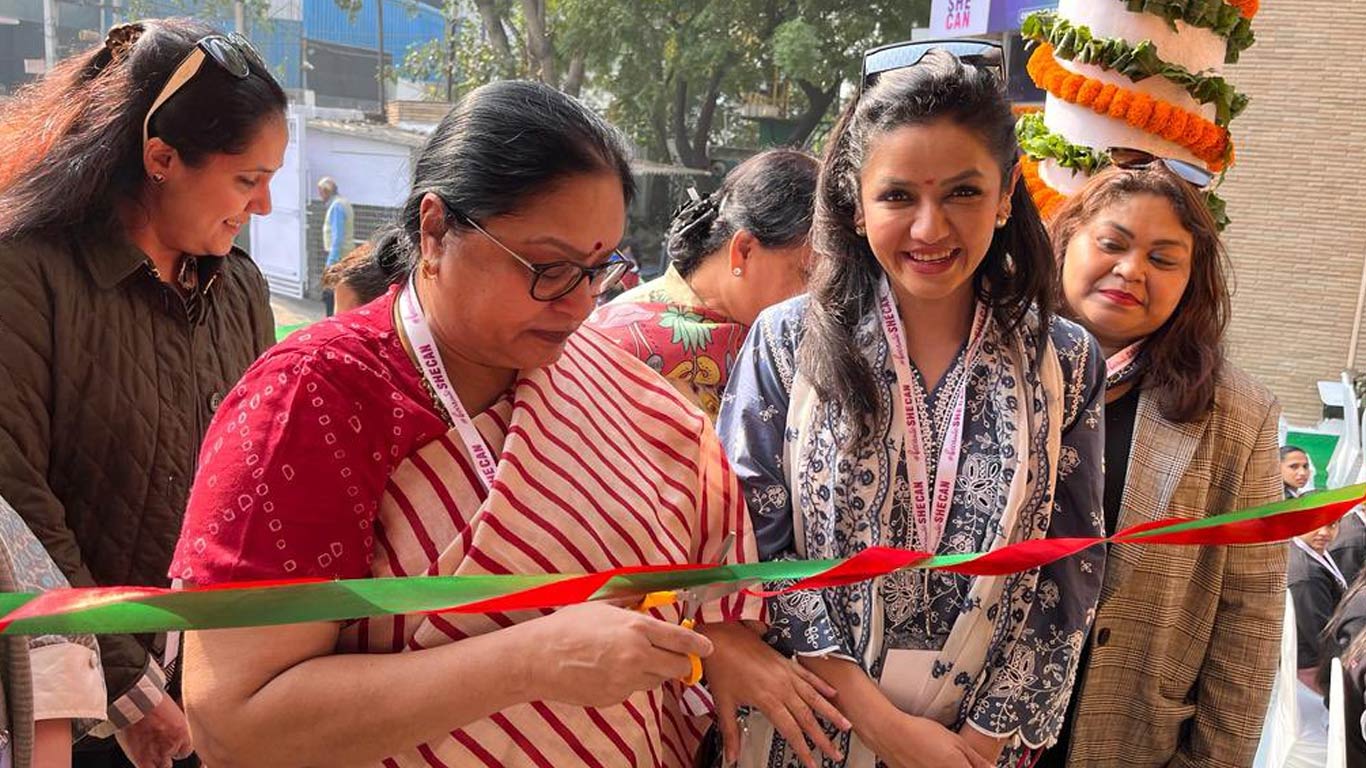
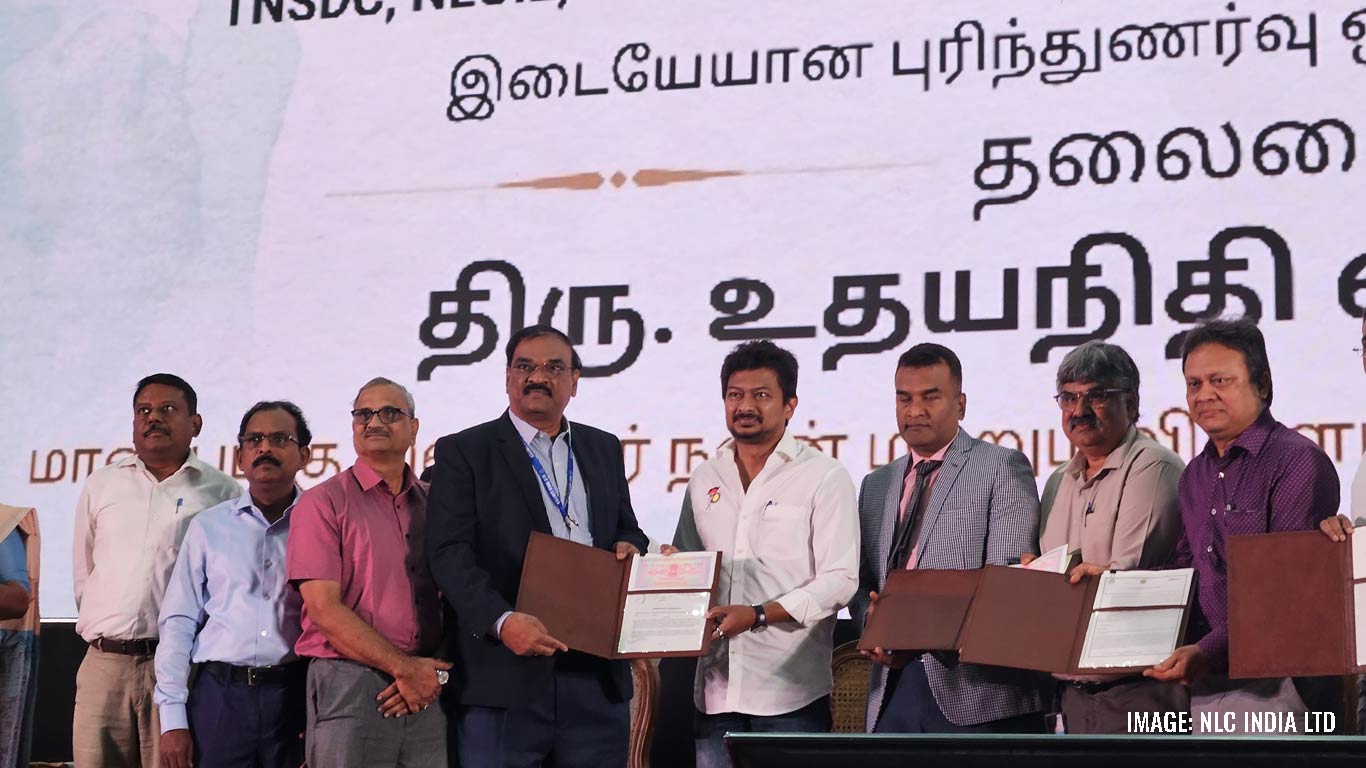

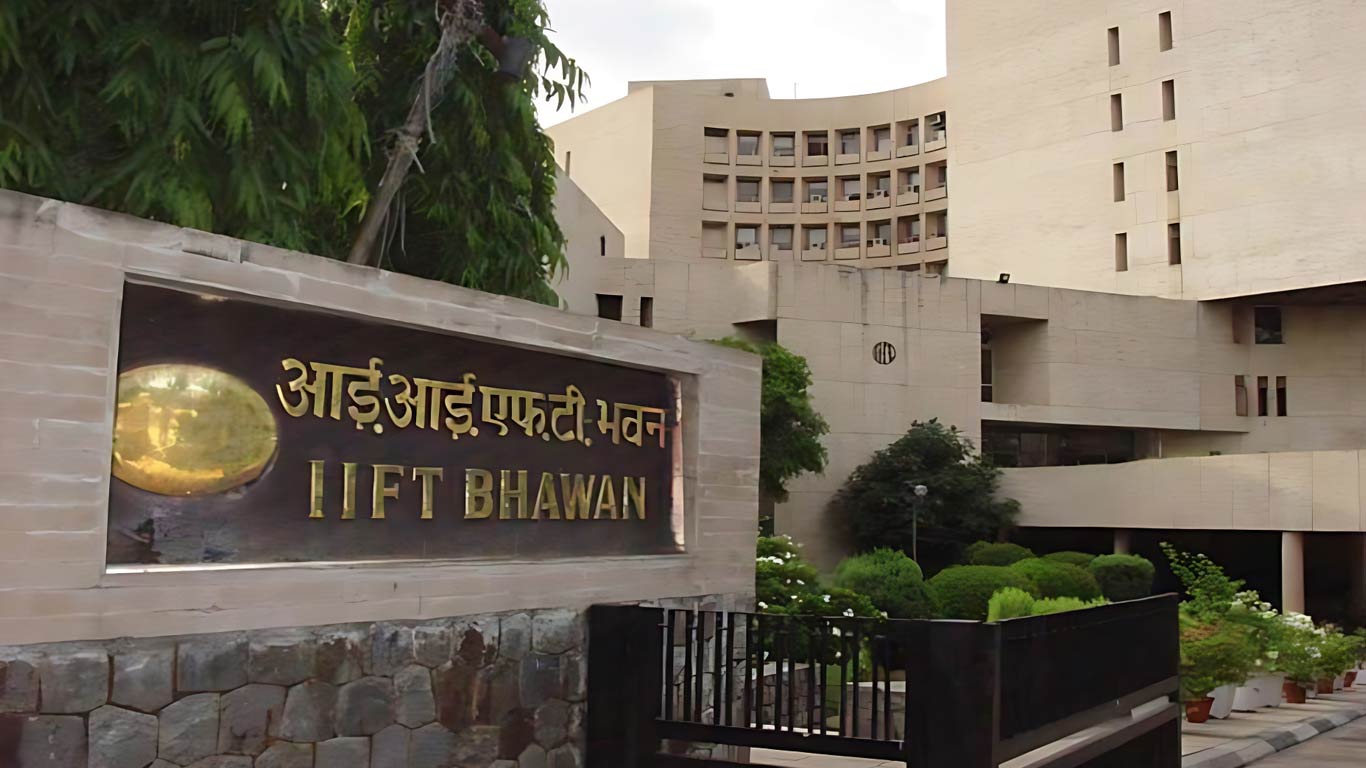
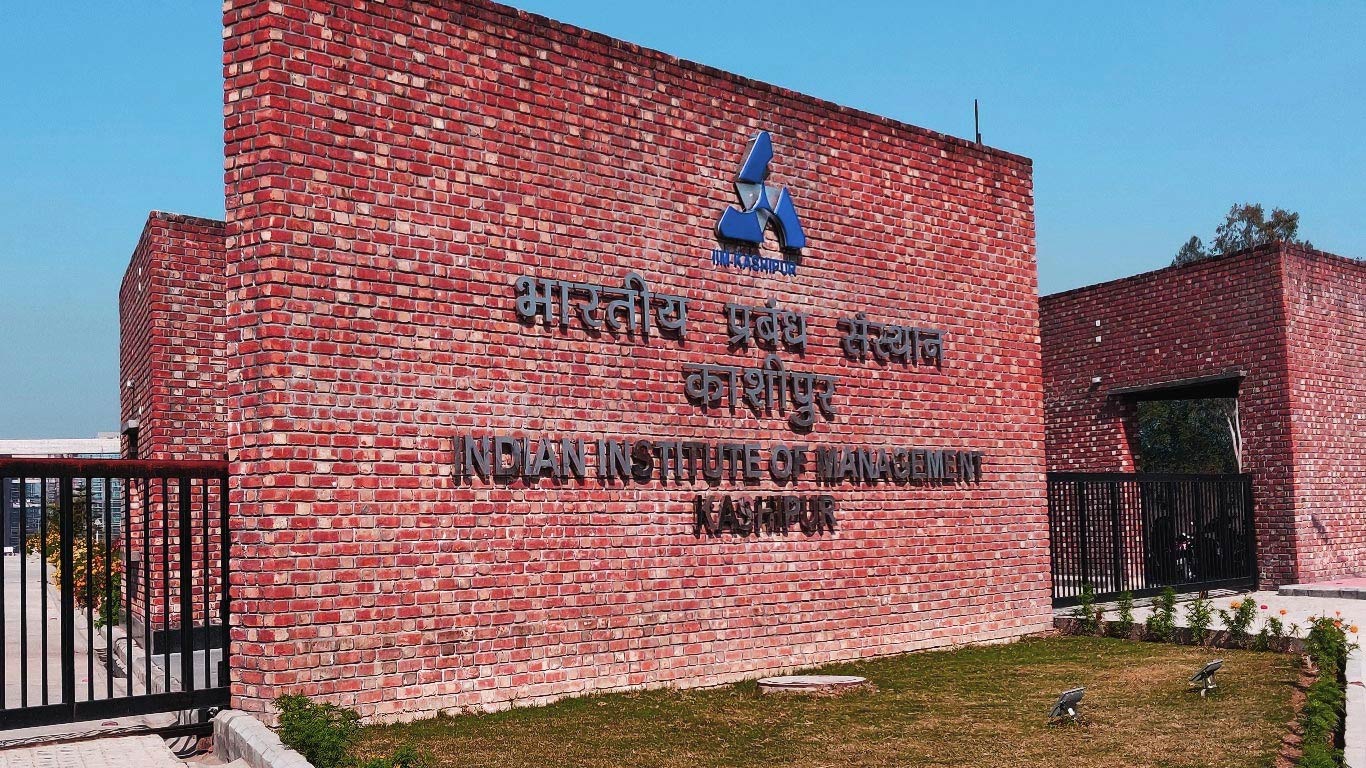





